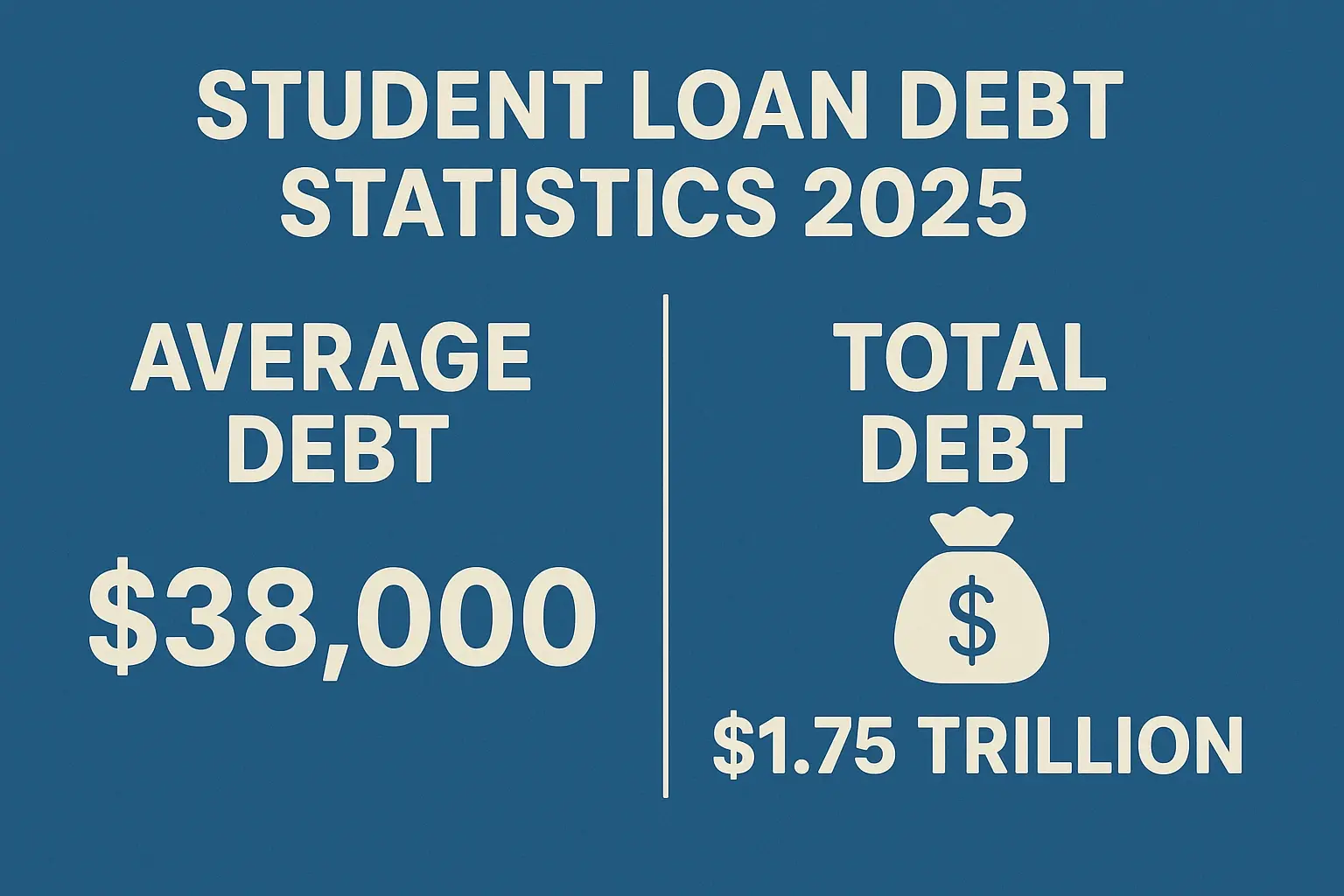-
Posted on: 03 Jul 2023

-
Your credit score is a crucial element of your financial life, influencing everything from loan approvals and interest rates to insurance premiums and even rental applications. While many factors contribute to your creditworthiness, one of the most significant is your credit utilization ratio (CUR). Understanding what CUR is and how it affects your score is essential for maintaining healthy credit and achieving your financial goals.
What is Credit Utilization Ratio?
Credit utilization ratio, also known as your debt-to-credit ratio, is the percentage of your available credit that you are currently using. It's calculated by dividing your total credit card balances by your total credit card limits. For example, if you have two credit cards with a combined credit limit of $10,000 and a total balance of $3,000, your credit utilization ratio is 30% ($3,000 / $10,000 = 0.30 or 30%).
Why is Credit Utilization Ratio Important?
Credit utilization ratio is a major factor in determining your credit score. Credit scoring models, like FICO and VantageScore, consider CUR as a key indicator of your creditworthiness. A high credit utilization ratio signals to lenders that you may be overextended or reliant on credit, which can increase the perceived risk of lending to you. Conversely, a low credit utilization ratio suggests that you are managing your credit responsibly and are less likely to default on your debts.
How Credit Utilization Affects Your Credit Score
Credit utilization typically accounts for around 30% of your FICO score, making it the second most important factor after payment history. That's a significant portion, so keeping your CUR in check is paramount. Here’s how different levels of credit utilization can impact your credit score:
- Excellent (Below 10%): This indicates you are using very little of your available credit, demonstrating responsible credit management. Aiming for this range can significantly boost your credit score.
- Good (10% - 29%): This is considered a good range and suggests you are managing your credit well. Maintaining this level will help you maintain or improve your credit score.
- Fair (30% - 49%): This indicates that you are starting to rely more heavily on credit. While not necessarily a red flag, it's a signal to pay down your balances and reduce your CUR. This range might slightly negatively impact your credit score.
- Poor (50% and Above): This signals to lenders that you are potentially overextended. It significantly increases the risk of being denied credit or receiving higher interest rates. Having a CUR in this range will likely negatively impact your credit score.
The Impact on Different Credit Scores: FICO vs. VantageScore
While both FICO and VantageScore use credit utilization in their scoring models, there are some differences in how they weigh it. Both systems generally favor lower utilization rates. However, some sources suggest that VantageScore may be slightly more forgiving of higher utilization than FICO. Nevertheless, it's always best to aim for a low CUR, regardless of which scoring model is being used.
How to Calculate Your Credit Utilization Ratio
Calculating your credit utilization ratio is relatively straightforward. Here's a step-by-step guide:
- Determine your total credit card balance: Add up the outstanding balances on all of your credit cards. You can find this information on your credit card statements or online account portals.
- Determine your total credit limit: Add up the credit limits on all of your credit cards. This information is also available on your credit card statements or online accounts.
- Divide your total credit card balance by your total credit limit: Divide the number from step 1 by the number from step 2.
- Multiply by 100: Multiply the result from step 3 by 100 to express the ratio as a percentage.
Example:
- Total Credit Card Balance: $2,500
- Total Credit Limit: $10,000
- Credit Utilization Ratio: ($2,500 / $10,000) * 100 = 25%
Strategies to Improve Your Credit Utilization Ratio
If your credit utilization ratio is higher than you'd like, don't worry! There are several strategies you can implement to lower it and improve your credit score:
1. Pay Down Your Credit Card Balances
This is the most direct and effective way to lower your credit utilization ratio. Make extra payments throughout the month, or focus on paying down the cards with the highest balances first. Even small extra payments can make a difference over time.
Debt Snowball vs. Debt Avalanche
When paying down multiple credit card balances, consider these two popular strategies:
- Debt Snowball: Focus on paying off the smallest balance first, regardless of the interest rate. This approach provides quick wins and can be motivating.
- Debt Avalanche: Focus on paying off the card with the highest interest rate first, regardless of the balance. This approach minimizes the total interest you'll pay over time.
Choose the strategy that best aligns with your financial goals and personal preferences.
2. Request a Credit Limit Increase
Increasing your credit limit without increasing your spending will automatically lower your credit utilization ratio. However, be mindful not to increase your spending just because you have more available credit. Contact your credit card issuers and request a credit limit increase. Some issuers may perform a hard credit inquiry, which can slightly lower your score, so inquire about their policy beforehand.
3. Open a New Credit Card
Opening a new credit card can increase your total available credit, thereby lowering your overall credit utilization ratio. However, this strategy should be approached with caution. Applying for multiple credit cards in a short period can negatively impact your credit score. Consider opening only one new card at a time and shop around for the best rates and rewards.
4. Use Credit Cards Strategically
Avoid maxing out your credit cards and strive to keep your balances low. Consider using your credit cards for small, manageable purchases that you can easily pay off in full each month. This helps you build a positive credit history without accumulating high balances.
5. Monitor Your Credit Report Regularly
Regularly reviewing your credit report can help you identify any errors or inaccuracies that may be affecting your credit utilization ratio or overall credit score. You can obtain a free copy of your credit report from each of the three major credit bureaus (Equifax, Experian, and TransUnion) annually at AnnualCreditReport.com.
Common Mistakes to Avoid Regarding Credit Utilization
Understanding credit utilization is only half the battle. Avoiding common mistakes is equally important. Here are some pitfalls to watch out for:
- Assuming you have to carry a balance to build credit: This is a common misconception. You can build credit by using your credit card responsibly and paying off the full balance each month.
- Ignoring the individual card utilization: Even if your overall utilization is low, a high balance on one specific card can negatively impact your score. Try to keep the utilization on each card below 30%.
- Spending more just because you have a higher credit limit: Increasing your spending just because you have more available credit will defeat the purpose of lowering your utilization ratio.
- Failing to monitor your credit report for errors: Inaccurate information on your credit report can negatively impact your credit score. Regularly review your report and dispute any errors you find.
Credit Utilization Ratio and Different Types of Credit
While credit utilization is primarily associated with credit cards, the concept of debt-to-credit ratios extends to other types of credit as well. For example, for installment loans like auto loans or mortgages, the ratio of your outstanding loan balance to the original loan amount can be considered. However, these ratios are generally less influential on your credit score compared to credit card utilization.
The Role of Authorized Users in Credit Utilization
If you are an authorized user on someone else's credit card, the card's balance and credit limit will be reflected on your credit report and can impact your credit utilization ratio. If the primary cardholder is not managing the card responsibly, it can negatively affect your credit score. Conversely, if the primary cardholder has excellent credit habits, being an authorized user can help you build credit.
Rebuilding Credit After High Credit Utilization
If you've been struggling with high credit utilization and it has negatively impacted your credit score, it's important to take proactive steps to rebuild your credit. The strategies mentioned earlier, such as paying down balances and requesting credit limit increases, are crucial. Additionally, consider these steps:
- Secured Credit Card: If you have difficulty getting approved for a traditional credit card, a secured credit card can be a good option. You'll need to provide a security deposit, which typically serves as your credit limit.
- Credit Builder Loan: These loans are designed to help you build credit. You make fixed monthly payments, and the lender reports your payment history to the credit bureaus.
- Patience and Consistency: Rebuilding credit takes time and consistency. Stick to your repayment plan and avoid making any new mistakes.




